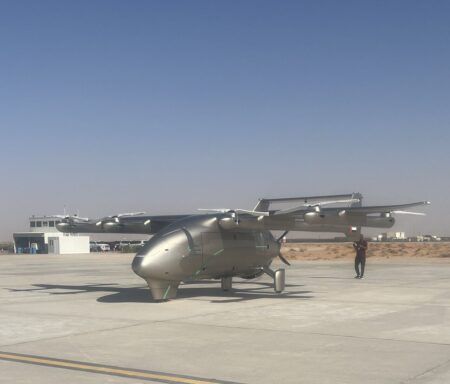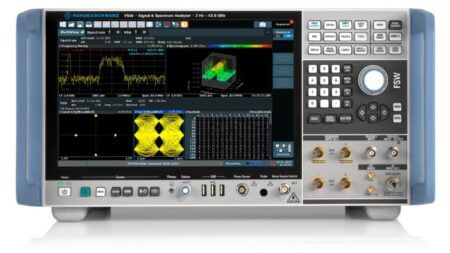Skyports Drone Services has signed an agreement with LODD Autonomous to acquire 10 Hili aircraft for deployment in offshore energy and remote medical supply operations worldwide.
The agreement follows Hili’s maiden flight in Al Ain and marks a capability expansion for the UK-based drone services provider, which currently operates 10 different drone models. The Hili aircraft can carry payloads up to 100kg (220lbs) over distances up to 200km (124 miles), representing what Skyports describes as a step change from its existing electric and hybrid drones.
Skyports plans to begin experimental operations in 2026, with full-scale deployment contingent on Hili completing type certification with aviation regulators. The company has seconded two pilots from its UK flight operations team to work with LODD during the aircraft’s testing phase over the next year.
Alex Brown, chief executive at Skyports Drone Services, discusses the partnership and deployment plans following the aircraft’s first flight.
What prompted Skyports to sign this agreement with LODD and what are the key objectives?
We’ve been flying drones for years. We have about 10 different drones from 10 different OEMs currently. We’ve been monitoring the market for a heavy cargo VTOL drone for years now. People have been talking about it, but there’s not been much movement in terms of actual flying demonstration.
LODD was really the first OEM we’ve seen who had a plan and actually executed it, they built an aircraft, as you’ve seen today. We have demand from customers all around the world for heavy cargo VTOL. We’ve already been flying some heavy cargo, but we’ve been using an STOL drone that needs a short runway to take off. It’s a fantastic drone and works really well, but ultimately you’re limited in what you can do when you need a runway.
Being able to do vertical takeoff and landing with Hili is exactly what we need. We signed an agreement for 10 Hili aircraft which we’ll be deploying on our worldwide operations. This will be for mainly two use cases: offshore energy is number one, oil and wind. We’ve been doing offshore deliveries for quite a few years now, mainly in Europe, flying to oil rigs and wind turbines. The second is ultra-rural, high-value use cases. Imagine flying 400km (249 miles) into the Australian Outback delivering medical supplies to a community using one of these instead of a plane or helicopter.
How does this partnership align with your broader strategy for expanding drone operations?
It’s really just increasing capability. With offshore energy we’ve used an electric drone to carry about 5kg (11lbs) up to 150km (93 miles). Then we’ve used a petrol-electric hybrid that could do about 15kg (33lbs) up to 500km (311 miles). This is a step change. You’ve got a couple hundred kilograms over a few hundred kilometers. When we speak to our customers, that’s what they want and need to really have drones start to fully replace things like helicopters or planes. It’s really adding to that capability we already have, upping that cargo and range.
What are the next steps for Skyports and LODD?
LODD is going to go through an in-depth testing program over the next year plus. We’re working very carefully with them and monitoring that. We’ve sent two of our pilots from our flight operations team in the UK here. We’ve seconded them into LODD’s operations and team to work with them as they mature this and do some drone operations.
There are two stages to how we’ll be deploying this. The first is what we call experimental operations or early commercial operations. You’re not talking 12 hours a day, seven days a week, but that first step to deploying it within our customer supply chains. We can be doing that as soon as late next year if the testing goes right over the next 12 months.
The next stage after that is as they go through type certification with aviation regulators, then further deploying it and really scaling it out. That will definitely be the unlock for scaling this aircraft, the type certification process. That’s what we’re monitoring very carefully.





